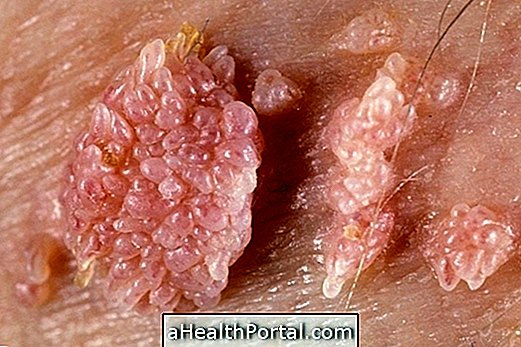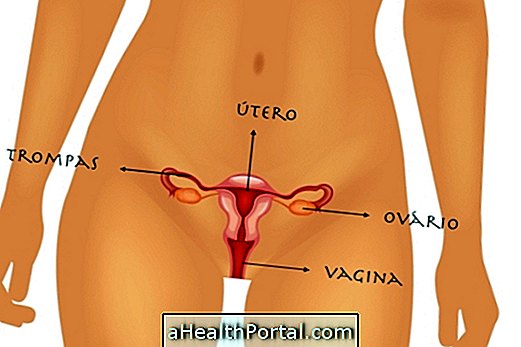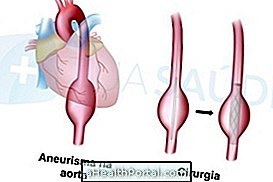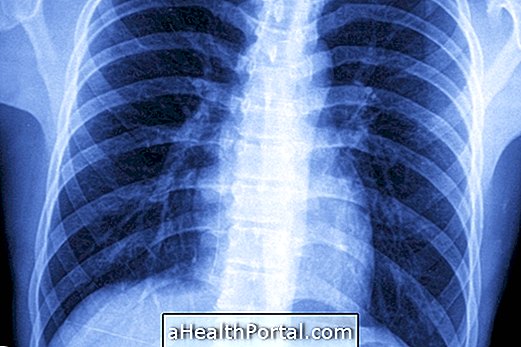Cervical dysplasia happens when there is a change in the cells located inside the uterus, which can be benign or malignant, depending on the type of cells with changes that are found. This disease usually does not cause symptoms and does not progress to cancer, in most cases ending up on its own.
This disease can arise due to several factors, such as early intimate contact, multiple sexual partners or infection by sexually transmitted diseases, especially HPV.

How the treatment is done
Cervical dysplasia is a disease that in the vast majority of cases cures on its own. However, it is important to regularly monitor the evolution of the disease, in order to early diagnose possible complications that may need treatment.
Only in the most severe cases of severe cervical dysplasia may treatment be necessary, which should be guided by a gynecologist. In some of these cases, the doctor may recommend surgery to remove the affected cells and prevent the development of cancer.
How to prevent cervical dysplasia
To avoid cervical dysplasia, it is important for women to protect themselves against sexually transmitted diseases, especially HPV, and therefore should:
- Avoid having multiple sexual partners;
- Always use a condom during intimate contact;
- Do not smoke.
Find out all about this disease by watching our video:

In addition to these measures, women can also be vaccinated against HPV up to 45 years of age, thus decreasing the chances of developing cervical dysplasia.
Was this information helpful?
Yes No
Your opinion is important! Write here how we can improve our text:
Any questions? Click here to be answered.
Email in which you want to receive a reply:
Check the confirmation email we sent you.
Your name:
Reason for visit:
--- Choose your reason --- DiseaseLive betterHelp another personGain knowledge
Are you a health professional?
NoMedicalPharmaceuticalsNurseNutritionistBiomedicalPhysiotherapistBeauticianOther























